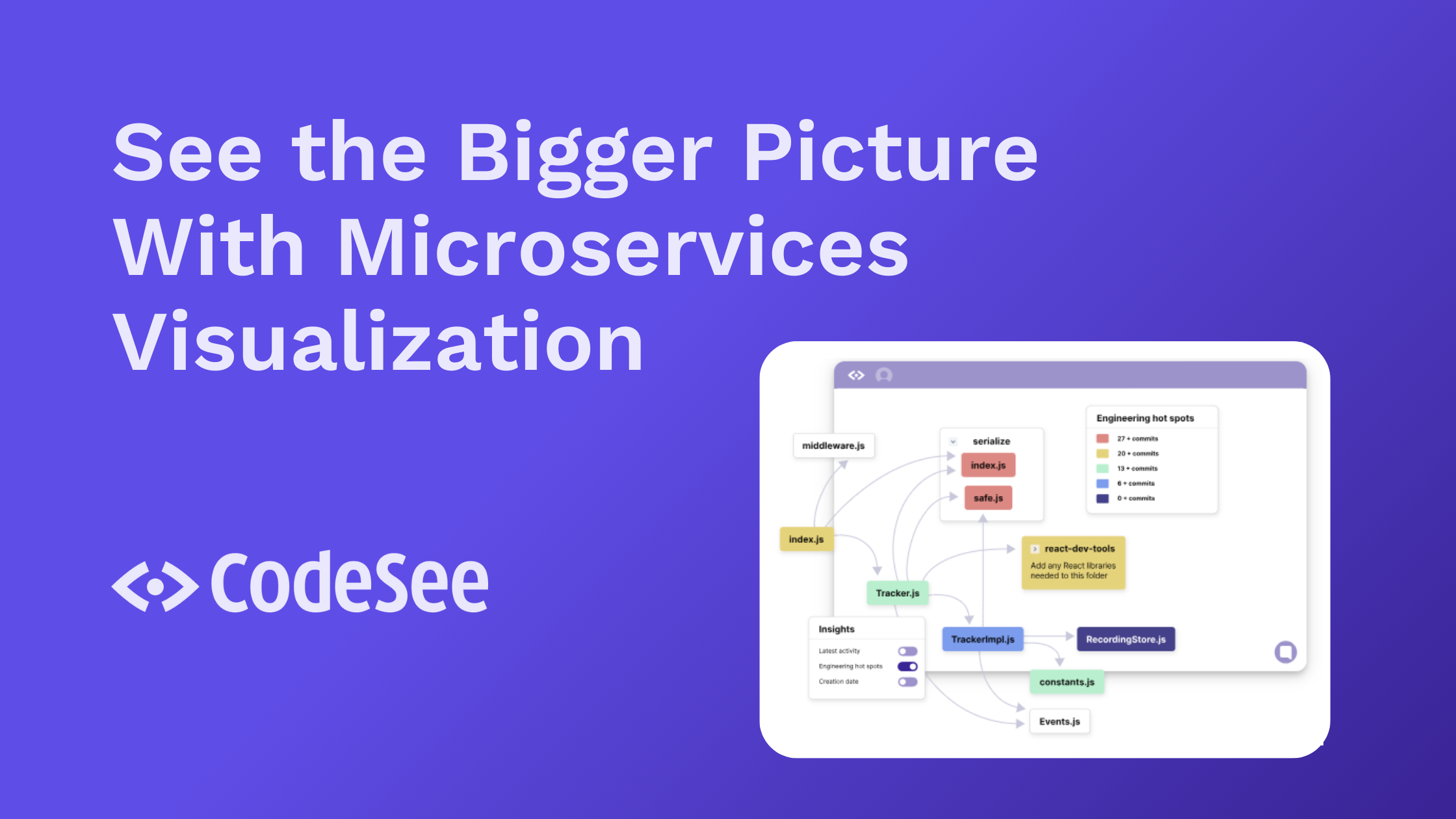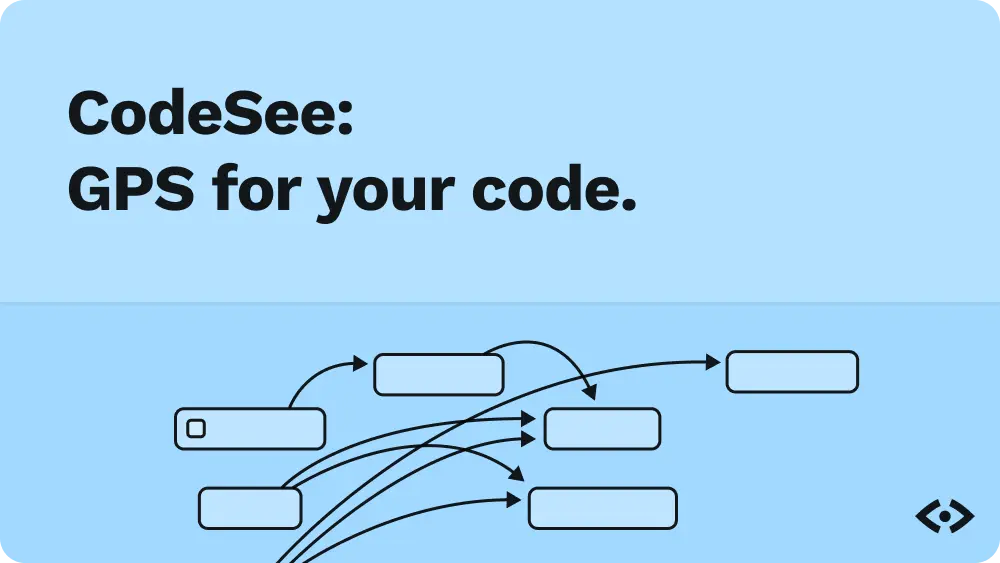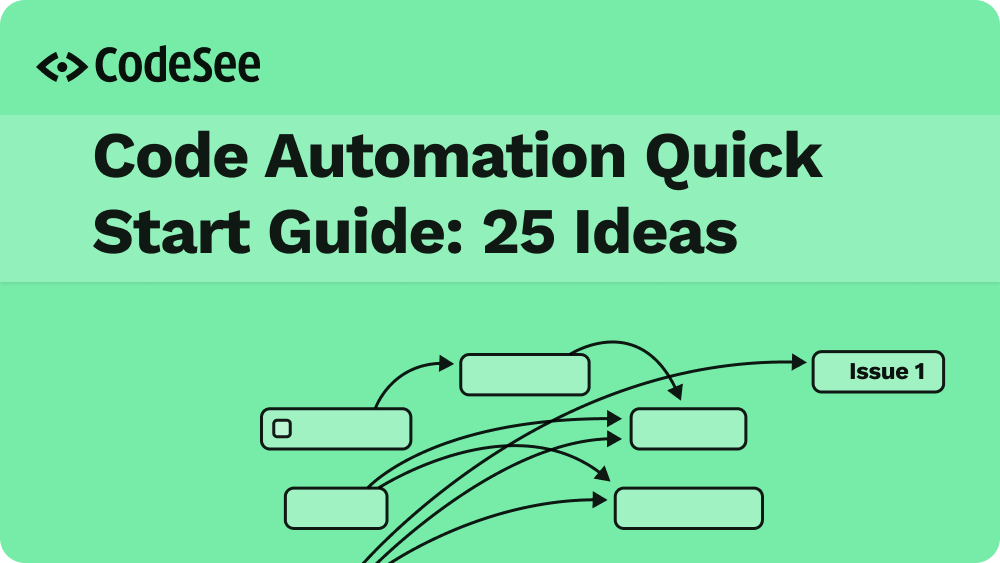Building microservice architectures is great for a ton of reasons. It speeds up the development process and lets us use the best tech for each job. It helps the whole system become more resilient and flexible, and we can even scale specific parts as needed.
But there's a catch. Because everything is separated, it’s not as easy to work out how everything fits together. You've got all these services interacting in their own complex dance. Figuring out the dependencies between them, the paths they communicate through, and how data flows can be challenging, especially as the system keeps growing and evolving.
That's where microservices visualization comes into play. Microservices visualization gives you a visual map of your whole application, showing all your services and how they interact. As the application gets more and more complex, this kind of visual guide becomes incredibly important. It's like having a bird's-eye view of a city–it helps developers and other folks involved get their bearings and understand the system in a much clearer way.
Here we want to show you why you should be thinking about visualizing your microservice codebase, and how you can do that so your team can understand your services and your data flow, and help grow your services for the future.
Understanding systems and finding errors: why you need microservice visualization
Microservices visualization can provide various benefits, including:
- Better understanding of your systems. Visualizing your architecture can help team members understand how different microservices interact with each other, including their dependencies. It allows everyone to see the bigger picture and understand the system's complexities more easily.
- Quick detection of errors. It helps to quickly identify problems in the system. For example, if a service is down, it can assist in understanding the impact of a failure in one service on the entire system.
- Onboarding your team. For new team members, understanding a complex microservices architecture could be daunting. Visualization can speed up the process of getting up to speed with the structure and workings of the system.
Let’s go into each of these a little more and how microservice visualization will help.
1. Systems understanding
System understanding refers to the comprehension of how the entire application works as a cohesive unit.
What does each service do? How do services communicate with each other? What services are dependent on others and the nature of these dependencies? How does data flow through the system? How does each service scale?
Improved system understanding helps with more effective decision-making when it comes to things like troubleshooting, scalability, and system modifications. It also facilitates more effective communication between different teams or departments that are working on the application, as they all have a clear, shared understanding of how the system works.
Visualization helps to improve this system understanding. Here’s a CodeSee Service Map of a typical microservices architecture:
Each node represents some service within the system, such as:
- rtce_server
- codesee-web-ui
- lambda-isolated
- Redis DB
Each of these nodes is categorized as a type of service. rtce_server is a ‘server,’ codesee-web-ui is a ‘client,’ lambda-isolated is a ‘serverless’ component, and Redis DB is a ‘database.’ The arrows are the communication connections between these services. Requests are initiated from the base of the arrow, and received at the head of the arrow. So we can e.g., see a request coming from codesee-web-ui to codesee-web-app.
With this map we have an immediate understanding of our system. We can see each service, the types of services we are using, and how they are all communicating. It is that bird’s eye view of our system that gives an easy understanding. In essence, system understanding provides a holistic view of the architecture, enabling teams to comprehend the impact of their actions on the overall system and maintain the health and performance of the application.
2. Error detection
In a microservices architecture, a failure in one service impacts others, making error detection and management a crucial task.
Microservices visualization aids error detection and management in several ways:
- Fault Identification: Visualization can provide a real-time view of the system, marking services that aren’t functioning properly
- Problem Isolation: Once a fault is identified, visualization can help isolate the problem. You can observe its interactions with other services and see if it's a standalone issue or if it has impacted other services.
- Dependency Mapping: Visualizing microservices allows us to see the dependencies between different services. This can help understand how an error might propagate through the system. If one service fails, you can quickly see which other services depend on it and might be affected.
- Trend Detection: By tracking errors and system performance over time, visualization tools can help identify trends and recurring issues. This can provide valuable insight for preventative measures and system improvement.
We can extend our service map by incorporating telemetry into the visualization. CodeSee's Service Maps integrates with your existing OpenTelemetry or DataDog infrastructure to generate complete tracing maps of your application.
With telemetry, we can see the incoming and outgoing requests from each service and use that data to identify faults and map our dependencies.
For instance, here we can see the incoming calls to our origin server:
We can start to understand how this service is functioning and if the call numbers are trending. If so, we have an idea that there is a problem with this service.
The ultimate goal of error detection through visualization is to minimize downtime and ensure the smooth functioning of the application. With a comprehensive understanding of how different services interact and depend on one another, teams can more effectively predict and mitigate the impact of potential errors.
3. Onboarding new members
Onboarding new members in a team managing a microservices architecture is a challenge because of the complexity and intricacies involved in these systems.
New team members need to quickly understand the different services that exist, how they are connected, and their roles in the overall system. They also need to understand the dependencies between different services, their communication, and the data flow.
Visualization is ideal for this scenario, because:
- It aids knowledge transfer. Experienced team members can use the visualization to explain the system to new members effectively, aiding faster and more comprehensive knowledge transfer.
- It helps with quick problem-solving. With a visual overview of the system, new members can more quickly understand and locate where issues might arise. It enables them to understand the problem areas, dependencies, and the probable impact area.
- It builds confidence. A visual representation can reduce the intimidation factor that a complex system might present to new members. Being able to see how everything fits together can increase their confidence and ability to contribute more quickly.
- It acts as documentation. Visualization can also act as interactive documentation. It can help new members understand the system independently, explore different services, and learn how they interact with each other.
In CodeSee, as well as providing the service maps above to new team members, you can also annotate your maps to help orient them and act as documentation:
A new team member can then step through the code tours as needed to learn about each service. You can add points of contact to each waypoint as well as descriptions of the service, its endpoints, and its connections.
The overall idea behind using microservices visualization for onboarding new members is to provide them with a clear, comprehensive, and intuitive understanding of the system they will be working on. It accelerates their learning process, enables effective problem solving, and helps them become productive members of the team more quickly.
Mapping sprawling microservices
If you are building a microservices architecture, or moving to one from a monolith, you’ll know how quickly you can lose sight of all the pieces. And as your team grows and grows each service, they then become completely separate entities.
Microservice visualization gives your dev team a high-level, accurate view of your systems so they can understand how it’s really used. These maps give you a chance to bring all these expanding services together into a single place–a map. Using it to understand your architecture, understand your errors, and onboard new developers makes working with microservices much easier.
And don’t stop there–the map then can become the ground truth for the refactoring and evolution of your codebase as you grow, constantly giving you all the information and understanding you need to build a better product.











